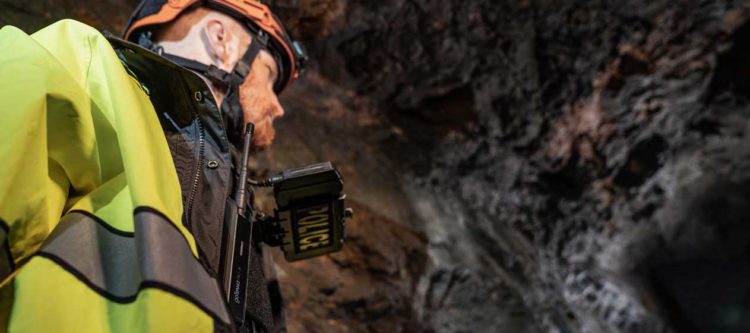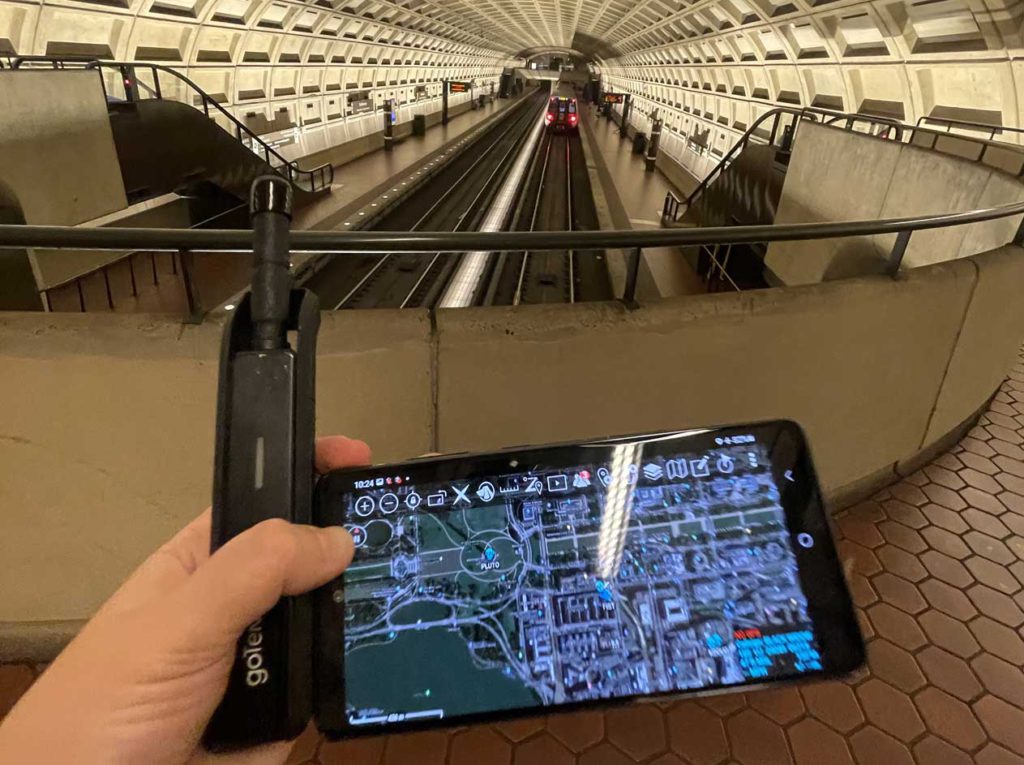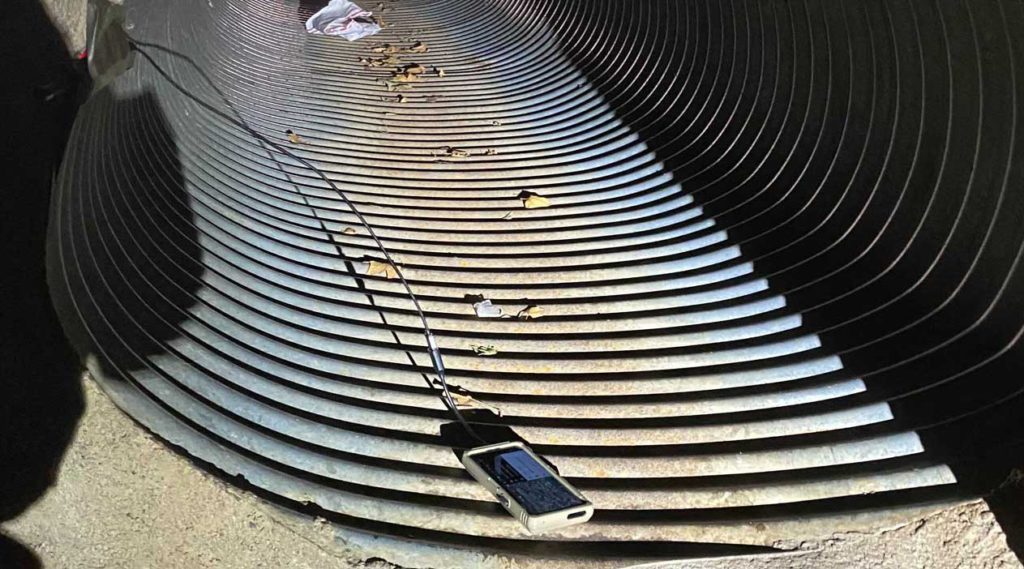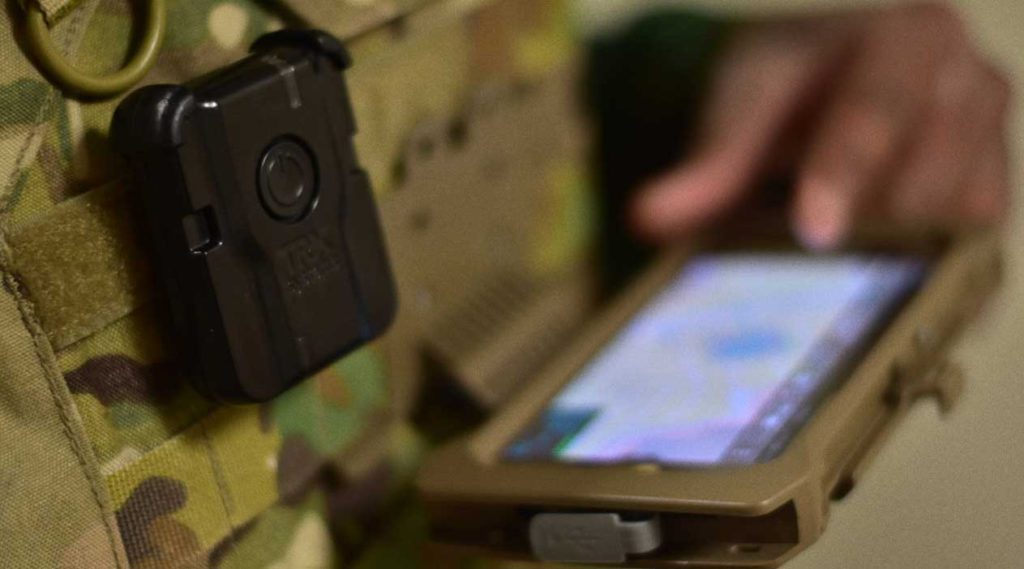Mobile mesh goes deep—3 ways mobile mesh networking enables comms and situational awareness underground

In our last article in The Last Mile, we discussed how military and disaster response operations in subterranean environments— such as basements, tunnels, and underground structures, can face communications and situational awareness challenges. And these underground communications challenges can happen anywhere, even in areas that traditionally have reliable terrestrial and cellular networks.
It may come as a surprise to some of our readers, but tactical operators are required to operate underground rather frequently. For example, every major city with an underground transit system will eventually have an emergency scenario that requires assistance underground.
Unfortunately, the traditional voice radios that these tactical operators often rely on for communications can struggle to penetrate the ground, making it difficult to communicate with those on the surface. With an operations center on the surface and tactical operators underground, it can be difficult or impossible for them to communicate via voice radios. The same scenario can play out in underground structures – such as parking garages and basement apartments – or in tunnels.
But there is an option for enabling situational awareness and communications regardless of how deep underground tactical operators have to travel. Mobile mesh can not only better penetrate the ground to enable communications, but it can be used to extend connectivity and situational awareness deep underground in even the most difficult of subterranean environments.
Here are three ways mobile mesh networking can prevent life-threatening connectivity issues in subterranean environments and deliver situational awareness even underground.
Smaller wavelength enables communications with the surface

Traditionally, emergency response personnel and other tactical operators like local police departments and military personnel, use two-way voice radios to communicate with their teams. These standard two-way radios utilize larger wavelengths than mobile mesh networking radios, which struggle to penetrate dense structures and surfaces.
The smaller wavelength utilized by mobile mesh networking nodes have an easier time penetrating through thick concrete structures and earth, even without a relay.
This mean that tactical operators that are not too deep underground can still communicate via mobile mesh networking to their teammates on the surface. So, if there is an operations center with decision makers on the ground, those underground can still reach them. This can enable tactical operators to ask for help or backup, request information, and even see each other’s location on a map – if GPS data and signals are still available.
Tactical relays for connectivity deep underground

Let’s say that first responders need to assist in an emergency scenario deep underground – like a collapsed mine or a long transportation tunnel. They know that connectivity underground will be limited and that communications will be a challenge both among the tactical operators underground, and with senior decision makers back on the surface.
With this in mind, tactical operators can establish an ad hoc mobile mesh network as they advance towards the scene of the emergency simply by deploying mobile mesh networking nodes as relays. All they would have to do is attach a mobile mesh networking node to a structure or wall in set intervals as they advance. Those nodes would then function as relays, connecting everyone underground to each other, and to the people on the surface.
This is similar to how voice radio relays and repeaters are deployed to extend connectivity. However, those are often pre-built or pre-deployed – which means that they often have to exist already. If emergency or military organizations didn’t plan in advance, or if this existing infrastructure was destroyed or otherwise denied, there would be no communications or situational awareness.
But mobile mesh networks don’t necessarily have to be deployed rapidly in an ad hoc fashion. To prepare for future emergencies underground, tactical operators can mount a mobile mesh node underground. Once these are connected to a power source, they give tactical operators uninterrupted situational awareness should a disaster strike in the future.
Enabling GPS even when satellite signals are denied

Everyone has driven through a tunnel like the Baltimore Harbor Tunnel, or the Lincoln Tunnel. Approximately halfway through the tunnel, the GPS signal powering turn-by-turn navigation will invariably be lost.
In those scenarios, the harm is somewhat mitigated by the fact that the driver really doesn’t need directions – there’s only one direction they can travel. Eventually, the GPS signal returns as they get closer to the surface, and they have turn-by-turn navigation back by the time they need to make any decisions. But what if a GPS signal is essential for situational awareness in an emergency response or military operation underground and the signal just doesn’t reach?
Tunnels, dense canopies, water, dense urban areas, and large buildings are notorious for GPS satellite signals because they can’t penetrate. However, mobile mesh networking can enable third-party situational awareness solutions, such as the NEON Personnel Tracker or NEON Signal Mapper by TRX Systems. These solutions leverage the connectivity delivered by mobile mesh networks to provide tactical operators with position, navigation, and timing (PNT) data in the event GPS fails, even in locations where communications are unavailable or denied.
According to Vice President of Product and Business Development for TRX Systems, Jeff Kunst, “GPS-denied environments can often be comms-denied and so, in the areas where there is overlap, TRX’s NEON technology needs a mesh type communications network to get the GPS-denied location from the user at the edge to other team members and remote commanders to improve the overall situational awareness.”
Mobile mesh networking delivers the connectivity that applications like NEON and ATAK need to provide situational awareness to tactical operators. By utilizing mobile mesh networking solutions in tandem with solutions like those provided by TRX, tactical operators can always see each other on a map and have full situational awareness – even when operating underground.







No Comment